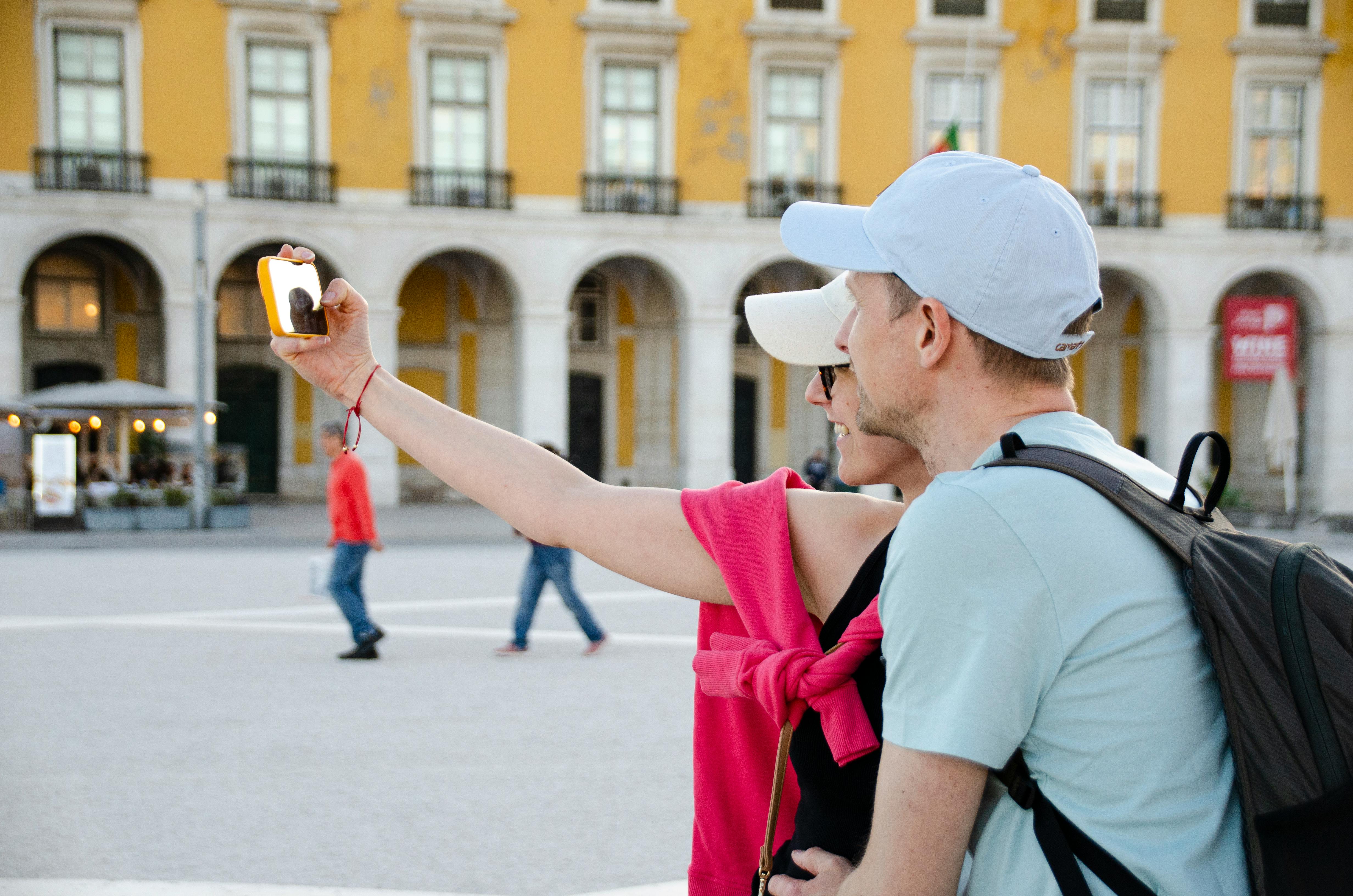Living and Studying in Italy: Your Guide to the Italian Experience
Discover the allure of living and studying in Italy with our comprehensive guide. Immerse yourself in the rich culture, vibrant cities, and renowned universities. Explore the endless opportunities for personal and academic growth while indulging in delectable cuisine and breathtaking landscapes. Whether you're planning to pursue higher education or simply experience life in Italy, this article will provide you with all the essential information you need to make the most of your Italian adventure.

Why Choose Italian Universities for Your Education?
Italian universities rank among Europe’s oldest and most respected institutions, with the University of Bologna founded in 1088 being the world’s first university. Modern Italian higher education combines traditional academic excellence with innovative programs in engineering, business, arts, and medicine. Many universities offer English-taught programs specifically designed for international students, making quality education accessible without requiring fluency in Italian. The country’s strategic location in Europe also provides excellent opportunities for internships and career development across the continent.
What Makes Living in Italy Special for Students?
Living in Italy as a student means experiencing daily life in a country where history, art, and culture seamlessly blend with modern conveniences. Italian cities offer efficient public transportation, vibrant student communities, and countless opportunities for weekend exploration. The Italian lifestyle emphasizes work-life balance, social connections, and enjoying simple pleasures like afternoon aperitivos and evening passeggiatas. Students quickly adapt to the relaxed pace of life while building lasting friendships with both locals and fellow international students from around the world.
How to Navigate Italian Culture as an International Student?
Italian culture values personal relationships, family connections, and community involvement, creating a welcoming environment for students who embrace local customs. Learning basic Italian phrases enhances daily interactions, though many Italians in university towns speak English. Understanding cultural norms like meal times, business hours, and social etiquette helps students integrate smoothly. Participating in local festivals, joining student organizations, and volunteering in community activities provides authentic cultural experiences while building meaningful connections that extend far beyond graduation.
Which Italian Cities Offer the Best Student Experience?
Rome combines ancient history with modern university life, offering students unparalleled access to archaeological sites, museums, and international organizations. Milan serves as Italy’s economic hub with strong connections to fashion, design, and business industries. Florence attracts art and humanities students with world-renowned museums and Renaissance architecture. Bologna, known as “La Dotta” (the learned one), maintains a vibrant student atmosphere with affordable living costs and excellent nightlife. Smaller cities like Padua, Pisa, and Perugia offer intimate academic communities with lower expenses and authentic Italian experiences.
What Should American Students Know About Studying in Italy?
American students benefit from numerous exchange programs, direct enrollment options, and scholarship opportunities when studying in Italy. The academic calendar typically runs from September to July with extended winter and summer breaks perfect for travel. Most Italian universities use the European Credit Transfer System (ECTS), which facilitates credit transfer back to American institutions. Students should research visa requirements early, as the process can take several months. Many American universities maintain partnership agreements with Italian institutions, simplifying the application process and ensuring credit recognition upon return.
Understanding the Costs of Living and Studying in Italy
Living costs vary significantly between northern and southern Italy, with cities like Milan and Rome being more expensive than smaller university towns. International students should budget carefully for tuition, accommodation, food, and transportation expenses.
| Expense Category | Northern Italy (Monthly) | Central Italy (Monthly) | Southern Italy (Monthly) |
|---|---|---|---|
| Rent (Shared Apartment) | €400-700 | €350-600 | €250-450 |
| Food & Groceries | €200-300 | €180-280 | €150-250 |
| Transportation | €35-50 | €30-45 | €25-40 |
| Entertainment & Miscellaneous | €150-250 | €120-200 | €100-180 |
Prices, rates, or cost estimates mentioned in this article are based on the latest available information but may change over time. Independent research is advised before making financial decisions.
Discovering Italian Cuisine Beyond Pizza and Pasta
Italian cuisine varies dramatically by region, offering students endless culinary adventures throughout their academic journey. Northern regions favor rice dishes, polenta, and rich sauces, while southern Italy specializes in seafood, fresh vegetables, and olive oil-based preparations. University towns feature student-friendly trattorias, local markets, and cooking classes that teach authentic recipes passed down through generations. Learning to shop at local markets, understanding seasonal ingredients, and mastering basic cooking techniques helps students eat well on limited budgets while developing lifelong appreciation for quality ingredients and traditional cooking methods.
Studying in Italy provides more than just academic credentials – it offers transformative life experiences that shape personal growth, cultural understanding, and global perspectives. The combination of excellent education, rich cultural immersion, and lifelong friendships creates memories and skills that benefit students throughout their careers. Whether pursuing undergraduate degrees, graduate studies, or semester abroad programs, Italy delivers an educational experience that balances rigorous academics with unforgettable personal adventures in one of the world’s most beautiful and culturally significant countries.




